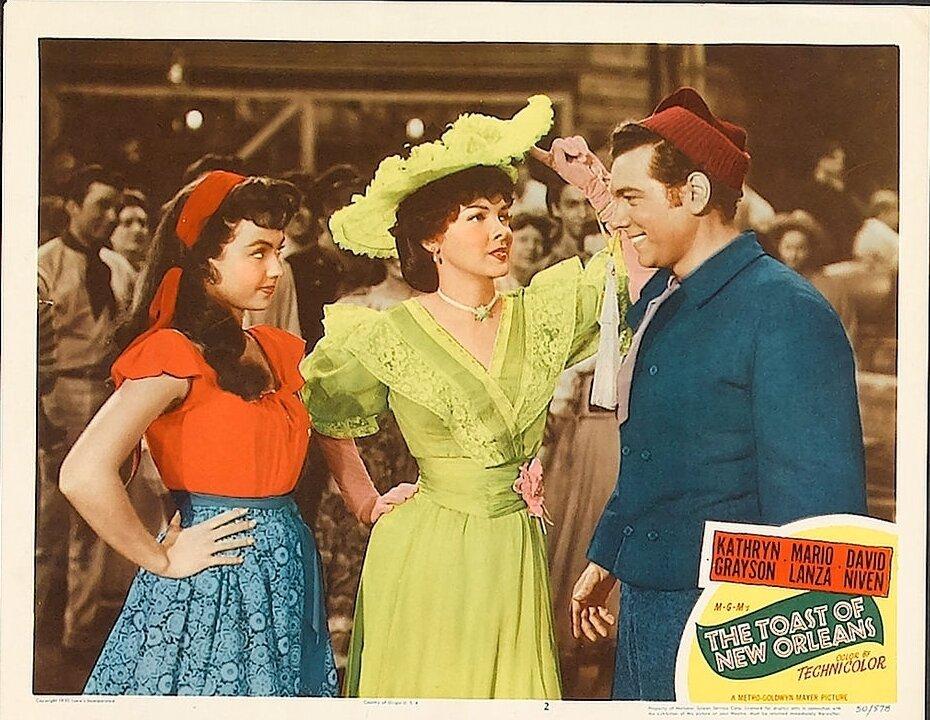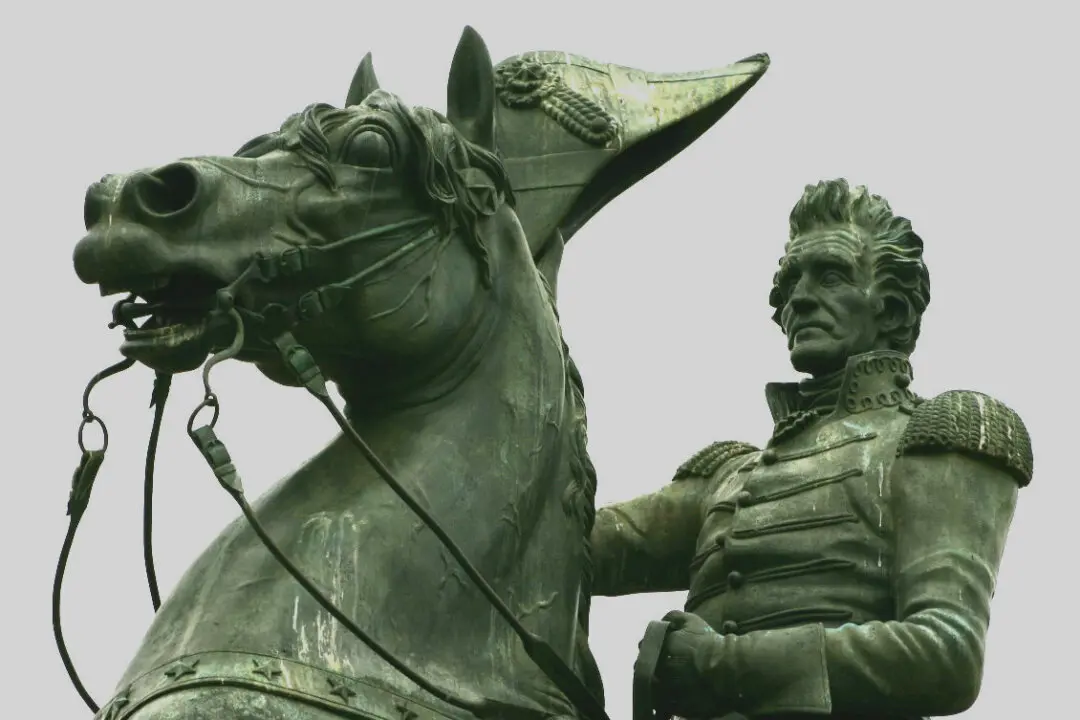NR | 1 hr 37 min | Romance, Musical | 1950
Mario Lanza was one of the most famous singers of the mid-20th century. This Italian American tenor was lauded as “The Service Caruso” and “voice of the century.” Many people were introduced to classical singing through Lanza’s recordings, some even being inspired to become singers themselves.






